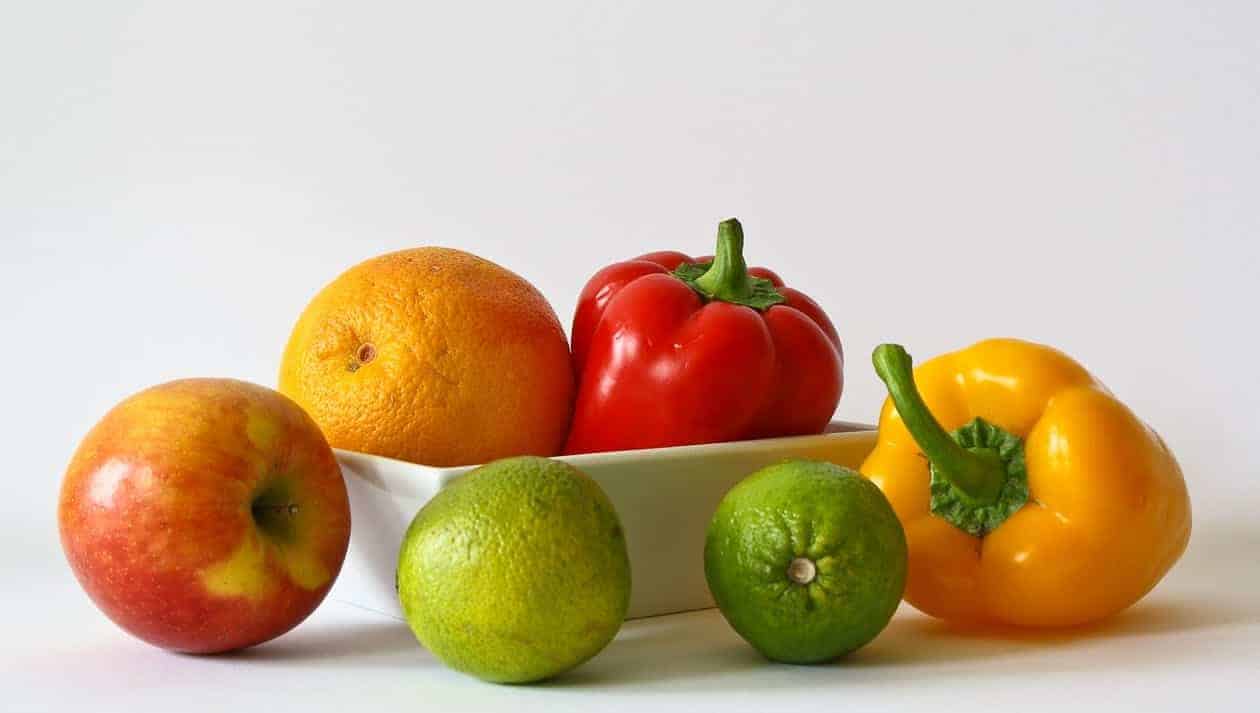Following last week’s alarming reports that food waste is set to increase by a third worldwide unless drastic measures are taken, the quest to cut down on your own food waste has never been more prevalent. Reports have suggested an additional 2.1bn tonnes will be thrown away in just over 10 years’ time, which equates to a shocking 66 tonnes per second.
One way you can help to reduce your family household waste is by ensuring you fully understand what the many sell-by, use-by, display-until labels actually mean. Not only will this reduce the amount of food waste you produce, but it will also save you money, as you learn not only what doesn’t need to be chucked, but how to buy according to the expiry dates so you can make the most of your weekly grocery shop.
Labels by Definition
Use-by
By far the most important of the label lingo, the use-by date is the one we need to pay attention to as this is considered perishable, and could result in illness. Rest-assured you can eat right up until the date displayed, or by all means freeze for another time, but generally you shouldn’t eat past it. This is particularly the case when it comes to meat and fish, which, as you can imagine, is more likely to contain ingredients that, when off, will make us unwell.
Best-before
As the name might suggest, this refers to the date until the food will be at its best. After that date, the food won’t be unsafe to eat, but it may lose some of its aesthetic and will not taste as good as it did when it was fresh.
Display until or Sell-by
This is the most misleading date around, and only exists to help supermarket workers keep track of stock, and when they should be taken off the shelves. They bear absolutely no relevance to us as the consumers in relation to the quality of the food and should be largely ignored.
Do We Actually Need Those Dates?
Supermarket giant Tesco has taken steps to remove the best before label in order to cut down food being thrown away unnecessarily, including apples, lemons, potatoes, tomatoes and onions. Head of food waste Mark Little spoke to the BBC about these plans:
“We know some customers may be confused by the difference between ‘best before’ and ‘use by’ dates on food and this can lead to perfectly edible items being thrown away before they need to be discarded. Many customers have told us that they assess their fruit and vegetables by the look of the product rather than the ‘best before’ date code on the packaging.”
Use-by dates will remain for the safety of the general public and to avoid any food-related illnesses that can be brought on by gone off foods, however, this move from Tesco has sparked the question of whether any of the label lingo, aside from use-by, is needed at all.
Rules to Follow
- Apples will keep for a very long time unless they have a puncture to the skin, which could let fungi in.
- Biscuits, crisps and chocolate can last for up to six months after the best-before date, but airtight containers are a must to avoid them going soft over time.
- When it comes to slightly mouldy bread, it’s fine just to cut the mouldy bit off and continue to eat it as normal. If the mould is black, it’s a bit more dangerous than the blue or green counterparts and is best to chuck, airing on the side of caution. Bread will always last longer when it is correctly wrapped and exposed to as little fresh air as possible.
- Eggs are ok after a few days of the expiry date, but it’s worth considering how you cook them if they are slightly out of date. Thoroughly cooked eggs will ward off any bugs, and they can be used in baking without any issues. Runny or soft-boiled eggs are not advised.
How to Make Your Food Go Further
Whether you swear by expiry dates or you adopt or more flexible approach in the shelf life of your groceries, we’ve come up with a few tips and tricks that will ensure your food lasts as long as possible.
- Freeze any food you see creeping up to the use-by date, which will effectively pause its progression and keep it fresh for whenever you decide to use it.
- Most vegetables, aside from potatoes and onions will keep better in the fridge.
- Make slightly stale bread fresh again by briefly running it under a cold tap and popping it in the oven for 10 minutes – a freshly baked hack that’s bound to impress any house guests!
- Plan the meals for the week and write a shopping list for when you visit the supermarket – and stick to it!
- Place foods with the shortest shelf-life at the front of your fridge so you can use them up first.
- Use shrink wrap film to preserve food and give it a longer shelf-life.
Here at Kempner, we provide a comprehensive range of shrink wrap plastic and shrink wrapping machines, meaning any small business or food trader can keep their stock fresh for longer. We love to introduce our top-of-the-range products to you and see how they could make a difference to the way you do business, so if you think a shrink wrap machine could help to minimise your food waste, don’t hesitate to contact us today!



